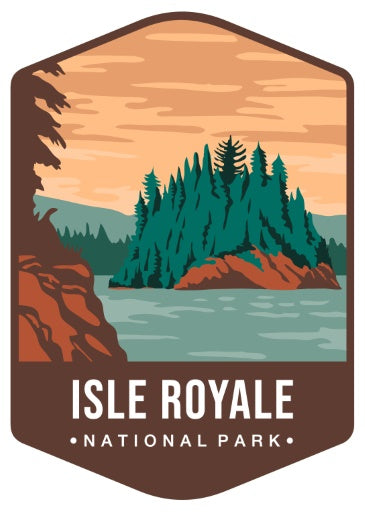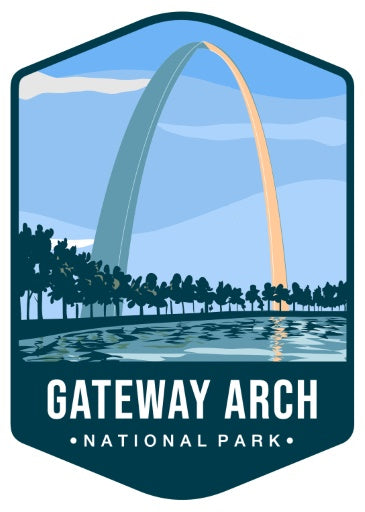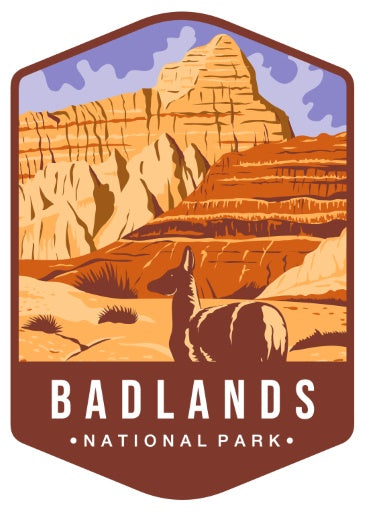WUDN
March-2024
Exploring the Great Outdoors: 5 Must-Visit Features of Every National Park in the United States
WUDN Outdoor Adventure (National Park Series)

Part 18 of Our National Park Series
Capitol Reef National Park
National Park Series > Southwestern US > Capitol Reef National Park
Back to the Table of Contents
Tucked away in the heart of Utah's high desert, Capitol Reef National Park is a hidden gem just waiting to be discovered. Here, towering sandstone monoliths and twisting slot canyons beckon intrepid adventurers to explore their secret depths. Rock climbing enthusiasts will find plenty of challenges amidst the park's rugged cliffs, while hikers can lose themselves in the maze-like formations of the Waterpocket Fold. Be sure to sample the park's namesake fruit – the sweet, juicy Capitol Reef apples – grown in the historic orchards that dot the landscape.

Top 5 Outdoor Adventures in: Capitol Reef National Park
1. Hiking the Trails:
Capitol Reef boasts a network of hiking trails that cater to all skill levels, from easy strolls to challenging treks. The Hickman Bridge Trail is a popular hike that leads to a natural arch spanning a picturesque canyon. For a longer hike, consider the Grand Wash Trail or the scenic Cohab Canyon Trail, both of which offer opportunities to explore the park's stunning rock formations and rugged terrain.
2. Scenic Drives & Overlooks:
Explore the park's diverse landscapes and geological wonders from the comfort of your car by taking a scenic drive along the park's main roads. The Capitol Reef Scenic Drive offers breathtaking views of the park's towering cliffs, deep canyons, and sprawling orchards. Don't miss the scenic overlooks at Panorama Point, Sunset Point, and Goosenecks Overlook for some of the best views in the park.
3. Fruit Orchards and Historic Sites:
Discover the park's rich cultural history by visiting the historic Fruita district, where you can explore the park's preserved fruit orchards, historic buildings, and pioneer-era homesteads. Don't miss the Gifford House, where you can purchase homemade pies, jams, and other treats made from the park's fruit orchards.
4. Scenic Overlooks:
Take in the breathtaking vistas of Capitol Reef from the park's numerous scenic overlooks. The Capitol Gorge Overlook offers panoramic views of the park's towering cliffs and colorful rock formations, while the Goosenecks Overlook provides a bird's-eye view of the meandering Fremont River as it winds its way through the park's rugged landscape.
5. Stargazing:
Escape the glow of city lights and marvel at the brilliance of the night sky above Capitol Reef. Join a ranger-led astronomy program or simply find a quiet spot away from the crowds to gaze in awe at the countless stars overhead. On clear nights, you can see the Milky Way stretching across the sky, as well as planets, constellations, and even the occasional meteor shower.
In Capitol Reef National Park, some of the top attractions that draw visitors from around the world include:
Choosing just four must-see attractions in Capitol Reef National Park is challenging given the park's diverse and spectacular landscapes. However, here are four iconic attractions that should not be missed:
1. The Waterpocket Fold:
This geological marvel is the defining feature of Capitol Reef National Park. Stretching for nearly 100 miles, the Waterpocket Fold is a massive uplifted monocline that creates a stunning landscape of colorful cliffs, domes, and canyons. Scenic drives along Utah State Route 24 and the Notom-Bullfrog Road offer excellent views of the fold, while hiking trails like the Capitol Gorge Trail provide opportunities for up-close exploration.
2. Hickman Bridge:
One of the park's most famous natural arches, Hickman Bridge is a must-see attraction for visitors. This impressive sandstone arch spans 133 feet across and rises 125 feet above the ground, making it a popular destination for hikers. The Hickman Bridge Trail is a moderate 1.8-mile round-trip hike that leads to the base of the arch, offering stunning views of the surrounding landscape along the way.
3. Cathedral Valley:
Located in the remote northern section of the park, Cathedral Valley is a breathtaking landscape of towering monoliths, intricate rock formations, and vast desert vistas. Highlights of Cathedral Valley include the Temple of the Sun and the Temple of the Moon, two massive sandstone formations that resemble ancient temples. The Cathedral Valley Loop Road provides access to these attractions, although a high-clearance vehicle is recommended.
4. Fruita Historic District:
Immerse yourself in the rich history of Capitol Reef by exploring the Fruita Historic District, a charming settlement nestled along the Fremont River. Established by Mormon pioneers in the late 19th century, Fruita was once a thriving farming community known for its lush orchards and fertile fields. Today, visitors can stroll through the orchards, pick fresh fruit in season, and learn about the area's pioneer heritage at the Gifford House Museum.
These are just a few of the many incredible attractions awaiting visitors in Capitol Reef National Park. Whether you're exploring the park's scenic drives, hiking its rugged trails, or simply taking in the breathtaking views, Capitol Reef offers endless opportunities for adventure and discovery amidst some of the most stunning landscapes in the American West.
Some Real Wooden Style for Your Trip
We are working on more branded merch to accompany your trip. In the meantime, here is a pair of real wooden shades for some excellent style while you hike the back-country of Capitol Reef National Park.
How to Get To Capitol Reef National Park
Getting to Capitol Reef National Park is relatively straightforward, although it depends on your starting point. Here are some general directions:
1. By Car: If you're traveling by car, the most common route to Capitol Reef is via Utah State Route 24, which runs through the heart of the park. From the west, you can access SR-24 from Interstate 70 (near Salina, Utah) or from Interstate 15 (near Scipio, Utah). From the east, SR-24 intersects with U.S. Route 191 near Hanksville, Utah.
2. By Air: The closest major airports to Capitol Reef are Salt Lake City International Airport (SLC) and Grand Junction Regional Airport (GJT). From either airport, you can rent a car and drive to the park. Salt Lake City is approximately a 3.5-hour drive north of Capitol Reef, while Grand Junction is about a 3-hour drive northeast.
3. By Public Transportation: While there is no direct public transportation to Capitol Reef National Park, you may be able to take a bus or shuttle to one of the nearby towns (such as Torrey or Hanksville) and arrange for a rental car from there.
Once you arrive at Capitol Reef National Park, you'll find several visitor centers where you can obtain maps, information, and guidance from park rangers. Be sure to check current road conditions, as some areas of the park may be inaccessible during certain times of the year. Additionally, plan ahead for lodging and camping options, as accommodations within the park can fill up quickly, especially during peak seasons.
History and Creation of Capitol Reef National Park
Capitol Reef National Park, nestled in the heart of southern Utah's red rock country, boasts a rich history dating back thousands of years. The park's name, "Capitol Reef," originates from the domes of Navajo Sandstone that resemble the white domes of the United States Capitol building and the rocky ridges, or "reefs," that hindered early travel, thus inspiring the term "reef."
Native American tribes, including the Fremont Culture and later the Paiute and Ute tribes, were among the earliest inhabitants of the area. They left behind a wealth of petroglyphs, pictographs, and other archaeological remains that provide insight into their culture and way of life.
European exploration of the Capitol Reef region began in the late 19th century, with Mormon pioneers settling in the area in the 1880s. These settlers established farms and orchards along the Fremont River, taking advantage of the fertile soil and reliable water sources. The remnants of their homesteads, including historic cabins and fruit orchards, can still be seen in the park today.
In the 20th century, efforts to protect and preserve the unique landscapes of Capitol Reef gained momentum. In 1937, President Franklin D. Roosevelt established Capitol Reef National Monument to safeguard the area's natural and cultural resources. The monument was later expanded and redesignated as Capitol Reef National Park in 1971, thanks in part to the advocacy of conservationists and local residents.
Today, Capitol Reef National Park encompasses over 240,000 acres of rugged terrain, including towering sandstone cliffs, deep canyons, and colorful rock formations. Visitors to the park can explore scenic drives, hike along miles of trails, and marvel at the park's iconic landmarks, such as the Waterpocket Fold, Cathedral Valley, and the scenic drive along Highway 24. Capitol Reef remains a testament to the enduring beauty and geological diversity of the American Southwest, inviting visitors to immerse themselves in its rich history and stunning landscapes.
/Fin. Capitol Reef National Park
Capitol Reef National Park, nestled in the heart of southern Utah's red rock country, is a captivating destination renowned for its stunning landscapes, rich history, and unparalleled opportunities for outdoor adventure. The park's name, inspired by its towering domes of Navajo Sandstone that resemble the white domes of the United States Capitol building, hints at the geological wonders that await visitors. From the towering cliffs of the Waterpocket Fold to the iconic natural arches like Hickman Bridge, Capitol Reef offers a feast for the senses at every turn. Explore the park's scenic drives, hike along rugged trails, or immerse yourself in the rich history of the Fruita Historic District. Whether you're a seasoned outdoor enthusiast or a casual visitor, Capitol Reef National Park invites you to discover the beauty and wonder of Utah's breathtaking desert landscape.
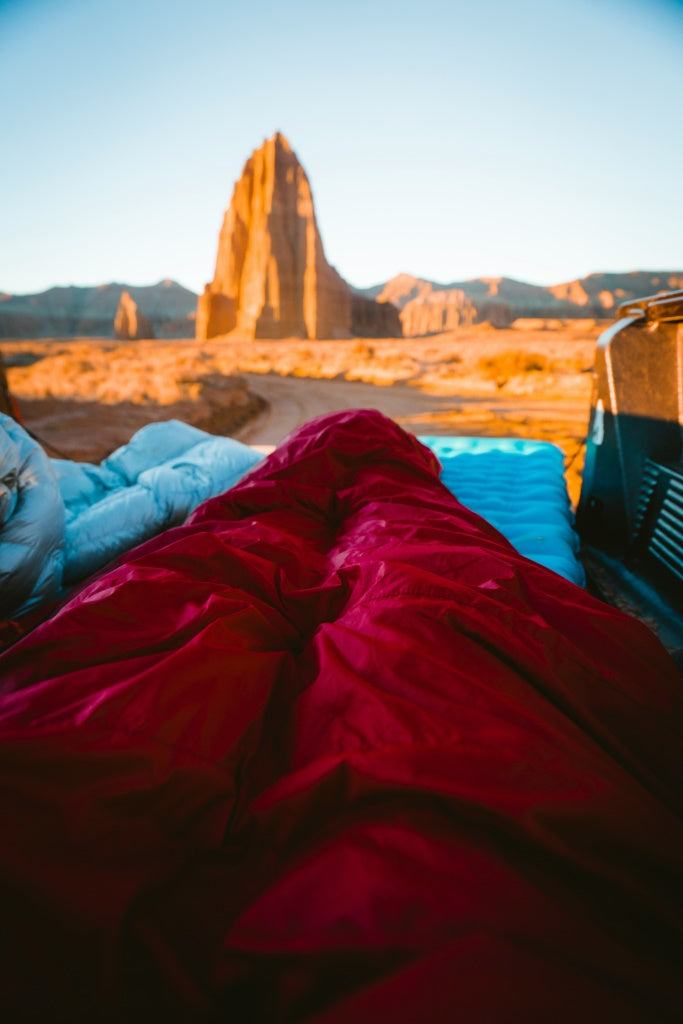
How to Prepare for a Visit to a US National Park
Our top-10 list to get you prepared and a bonus section on Bears!
Read More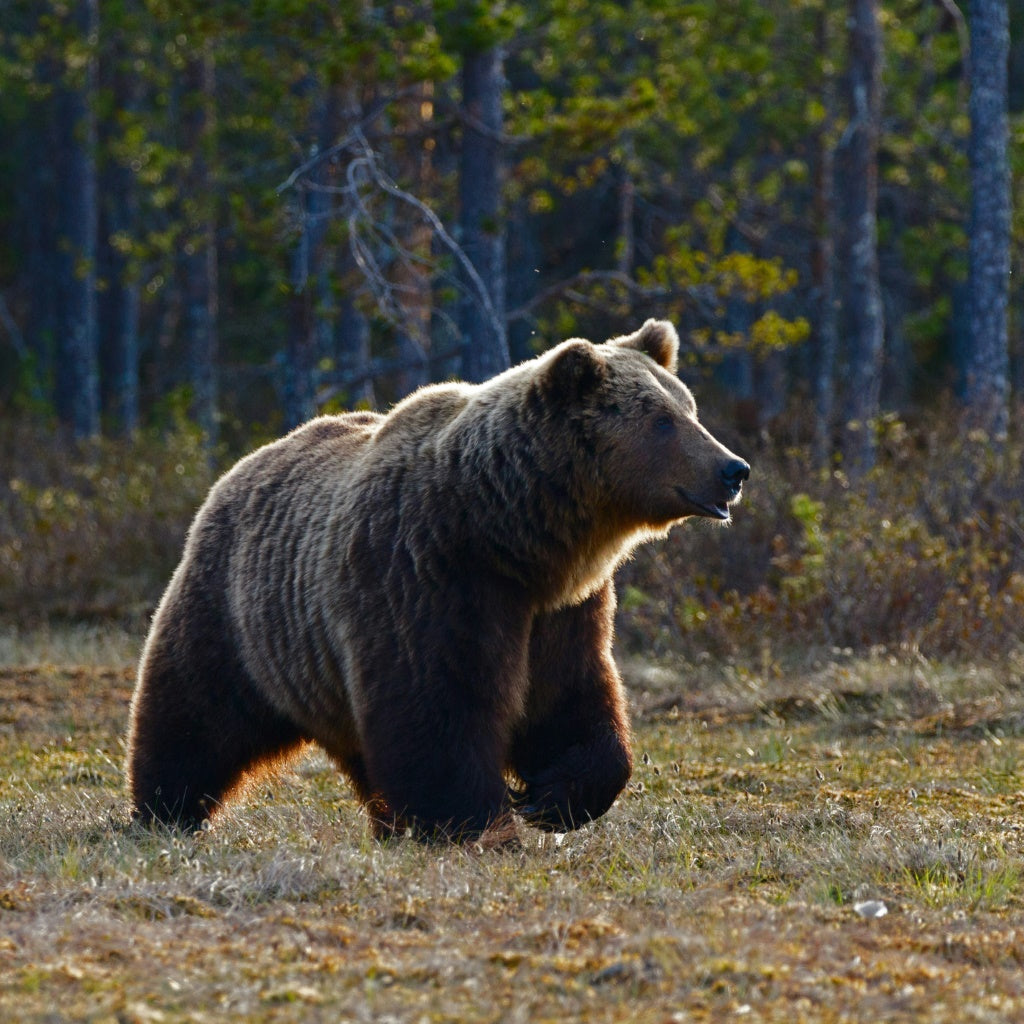
20 Must Have Gadgets for Your Next Outdoor Adventure
Our curated list to keep you safe and productive on your next outdoor adventure.
Read More
About the Author

Jaimeleigh Christian
Jaime is passionate about the outdoors and traveling throughout these gorgeous United States. Especially National Parks in the Pacific Northwest.
Tags
Travel
Outdoor Adventure Series
National Parks
Tour Guide
You May Also Like
Want To Receive More Outdoor Adventures?
Follow us to receive the latest adventures

